Background
At first glance a ten-day meditation retreat sounds like a nice and relaxing getaway from the hustle and bustle of life. After a few strictly scheduled days which consist of waking up at four in the morning, a total of eleven hours of meditation with just enough time in between sessions to eat, rest, and poop, and zero communication with the dozens of other students around you, you quickly realize that there’s a lot more to this than just sitting around.
As with any “spiritual” or “new age” process, with Vipassana you’ll encounter a wide variety of followers. This includes people who insist they feel the “vibrations of the universe” and swear by the healing frequencies of crystals and reiki. It also includes those who regularly commune with some form of a “creator” and are sure that, once their bodies cease to function, their “souls” will leave this “plane” and go … somewhere else. You’ll be surprised, though, that it also includes people who are scientifically minded, logical thinkers who “need to see it to believe it”. I consider myself to be in this last group, although I pass no judgment to all the other crazies. Although the core teachings of the technique are in line with those of old-school Buddhism, the beauty of Vipassana is that it’s compatible with any other belief system and doesn’t require things like blind faith or voodoo magic. Real people give it a try and real people find it beneficial, quite often even going back for more.
My recent course near Merritt, B.C. was my second ten-day course, my first one being about six years ago near Oakville, Ontario. To be honest, I’d forgotten how difficult the course is, which is just as well since it made it easier to convince Chelsea to give it a try. There are Vipassana centers located all over the world, and although there are shorter one- or three-day courses offered to experienced students (as well as longer courses of 20, 30, 45, or even 60 days!), the only way to get introduced to the technique is to sit the full ten days – no shortcuts!
I can’t think of a single person in my life that wouldn’t benefit from attending a Vipassana course, assuming they’re able to sit still long enough to give it a fair chance. I’m not saying that everyone who takes a course will want to dive full-on into the Vipassana technique and dedicate the rest of their lives to meditation (I most certainly don’t), just that there are clear and concrete benefits to giving it a chance.
In this post I’ll go over some of the basic ideas of the technique and describe some of my personal experiences with it. If you’re already planning on sitting a ten-day course then I urge you to skip straight to the “things to know before your ten-day sit” section near the end – you’re probably better of going into it without too many preconceptions.
What is Vipassana?
“Vipassana, which means to see things as they really are, is one of India's most ancient techniques of meditation. It was rediscovered by Gotama Buddha more than 2500 years ago and was taught by him as a universal remedy for universal ills, i.e., an Art Of Living. This non-sectarian technique aims for the total eradication of mental impurities and the resultant highest happiness of full liberation.
Vipassana is a way of self-transformation through self-observation. It focuses on the deep interconnection between mind and body, which can be experienced directly by disciplined attention to the physical sensations that form the life of the body, and that continuously interconnect and condition the life of the mind. It is this observation-based, self-exploratory journey to the common root of mind and body that dissolves mental impurity, resulting in a balanced mind full of love and compassion.”
What this means in practice is that for ten days you’ll spend most of your time sitting still, trying to focus your mind and remain aware of any sensations that crop up on your body. Anytime you notice a sensation, the goal is to observe it, acknowledge that it’s there, try not to react to it, and then move on. It all sounds really simple but it’s actually terribly difficult. With enough time and effort, though, over the course of the ten days you begin the process of retraining your mind and undoing all those years of over-reacting to things that, in the big picture, are really pretty trivial. You’re not going to be completely transformed after ten days but, if you make the effort, you will learn and understand the technique and, if you continue to practice it in your daily life, experience some real benefits. The real goal of Vipassana is just to be happy. Me likey happy! =)
How it Works
Think of our mind/body pair like a computer: we can send a computer some instructions in the form of some written code, but before the computer can figure out what to do with this code it must first translate it into basic machine language (zero, zero, one, zero, one, …). The computer isn’t reacting directly to the written instructions, it’s reacting to the basic data that is a result of these instructions. Whether this makes any sense to you or not, don’t worry – the technique will work just the same.
Sensational!
The idea behind the Vipassana meditation technique is that, since all of these emotional reactions are actually based on these subconscious sensations (and not on the physical stimuli themselves), with enough practice we can train ourselves to observe and acknowledge these sensations but not react. This is the part that makes the meditation challenging. If you’re not careful it’s easy to let yourself become attached to a pleasant sensation (“wow, this feels SOOOOO GOOD!!!”) and then, once it goes away, react with craving (“why did that awesome feeling stop, I WANT IT BACK NOW!!!!!!”). At one point during my recent course I experienced something like a cool tingle over the surface of my entire body, resulting in what I can only describe as pure ecstasy. After these sensations went away, I reacted with so much craving that I became frustrated, completely lost focus and felt like crap for the rest of the day. Conversely, it’s also easy to develop hatred toward an unpleasant sensation (“ouch, my back hurts”) and then react with aversion, causing that pain to multiply (“holy crap my back is KILLING ME, I WANT TO DIE!!!”). Years of sitting at a desk and slouching on the couch have left me with some minor but persistent back pain; there were many times during the course that I caught myself reacting strongly to this pain and could literally feel the surrounding muscles tensing up, making the pain worse and worse. I could then observe myself becoming miserable and wanting to run into the woods and have a good, hard cry.
For every point during the course that was a struggle, though, there were a number of times where things were going really well and I was able to really apply the technique. I knew going into every group session (during which a goal is to not move a muscle for the entire hour) that my back pain would pop up at some point. Although I let it get the better of me a number of times, there were times where I observed these “unpleasant sensations” in my back but was able to remain impartial to these sensations and by not reacting, observed them simply dissolve and go away. Neat-o! I should note here that, although my personal experience with the course was pretty centered on this kind of pain, there were many other people whose battle was instead with pleasant sensations. Although hearing about their experience makes me extremely jealous (though I’m trying not to be, I swear!), the basic struggle is the same: pleasant sensations feel really good but if you react to them then when they eventually disappear you’ll feel really bad.
The Law of Nature - Impermanence
This concept of impermanence is a very useful tool in the not reacting part of the meditation, and one of the most important lessons I’ve taken from the course. Nothing lasts forever. This doesn’t mean you can’t enjoy it when you’re having an awesome time making whoopee with your wife or that you can’t be upset and cry when you lose a loved one; it just helps keep things in perspective. The goal is not to just detach yourself from and ignore the unpleasant things that inevitably occur in life, but to be fully aware and mindful of them, with the understanding that “this, too, shall pass”. It’s good in life to be optimistic; it’s even better to be realistic.
Sometimes you just have to laugh...
One such moment was on day eight: I was sitting on my bed with my eyes closed, struggling hard to keep my mind focused on my sensations when I heard my roommate enter the room, shuffle around in his bag, blast out one of the loudest farts I’ve heard (and I’ve heard some LOUD farts in my time) and then immediately leave the room. After eight days without uttering even the tiniest peep, I giggled like a schoolgirl, totally derailing my concentration for the rest of the afternoon. To limit distractions during the course, men and women are segregated at all times except for in the main meditation hall. Combine a men-only dormitory with a high-fibre vegetarian diet and you end up with the least-silent group of silent meditators possible. =P
One of the trickier parts of maintaining noble silence (no communication whatsoever) with the rest of the meditators is trying to perform your basic daily routine. You’ve got a bunch of people who all want to get to the same place at the same time, but can’t simply say, “after you, good sir”. Instead, what you do is stand in the hallway outside the washroom and stare at each other’s feet, either stepping aside and letting the others go first or choosing to make the first move and beat everyone else to the urinal. You thought it was awkward dancing to get around strangers on the sidewalk? Try it while pretending they’re not even there.
Every group meditation session starts off with an audio clip of the technique’s main teacher, Mr. Goenka. These clips include some basic instruction, explaining what you should be working on for the coming session, but almost always begin with some repetitive and song-like chanting in the Pali language. Out of boredom, your brain will likely start to form familiar English words from the foreign-sounding phrases. One of the phrases that almost made me break down numerous times sounds a heck of a lot like “blah blah blah birdy dirty, blah blah blah gay protection”. Thanks, Goenka, for the gay protection, I wouldn’t want to get my birdy dirty. Yup, I’m a child.
Realities of a Ten-Day Vipassana Course
- want to call all your close friends and family and convince them that they need to do this
- want to strangle your friend/family member who convinced you to do this
- experience some level of pain – sitting or kneeling on the ground for a long time kinda hurts!
- experience some level of pleasure – at one point I could only describe what I was feeling as pure ecstasy. Yup.
- feel a whole new level of love and compassion for the people in your life, and want to sincerely thank that friend/family member who convinced you to do this
- think that you’re insane – once the surface level of your busy mind has finally calmed down, you’ll get to experience some of the other crazy thoughts that are flying around back there. Annoying songs you haven’t heard in years, distant childhood memories that may or may not have even happened, maybe even some voices that you can have a nice long chat with. I should mention here that this training is not recommended for anyone with a history of schizophrenia…
Regardless of how your Vipassana rollercoaster ride goes, though, you’ll very likely come out of the course having:
- learned a lot about yourself – how your mind works, how your body works, and how they work (and so often don’t work) together
- developed a new awareness and understanding of why you sometimes act the way you do, especially when it comes to things like anger, fear, ego, hatred, craving, depression, anxiety, etc.
- learned a new technique that, if you continue to practice in your daily life, will prove beneficial, helping you be genuinely happier
- improved, even if only a little, your level of self-control, mental clarity, and emotional peace
- learned to be more patient and compassionate toward those around you
- discovered what you can accomplish when you really put your mind to it
- fallen madly in love with stewed prunes
Things to know before a ten-day sit
- There is no charge – yup, totally free! At the end you’ll have the opportunity to make a donation, but it’s completely optional. I still haven’t donated any money, though I will one of these days…
- The food is delicious but completely vegetarian. If you can’t go ten days without eating meat, well … sure you can, dummy.
- For all intensive purposes, for the duration of the ten-day course you’ll be living the life of a Buddhist monk. This means no smoking, no drinking and no masturbating (what Goenka doesn’t know won’t hurt him…). Unless you’ve got a serious physical addiction (be honest in the application form!) you’ll have to go cold turkey for the ten days.
- You’ll spend a lot of time either sitting on cushions or kneeling with your butt on a low bench. It’s a good idea to try sitting like this at home beforehand to figure out what you find comfortable. My inflexible hips mean I’m more comfortable kneeling, Chelsea’s snug as a bug sitting cross-legged, and some people with medical issues need a backrest, whatever works. The center should have a good selection of cushions, benches, and backrests for you to use; if you need anything just ask the manager. (*photo of my bench)
- There are periods through the day where you’re able to meet with the assistant teacher to ask any questions you may have about the technique or your practice (yup, you’re allowed to talk to the boss). I urge you to do this – for my first course I was under the impression I should just “stick it out” and fight my battles solo, but on the second time around I realized meeting with the teacher was really useful. These guys are there to help, ask them anything.
- Your digestive system, as it turns out, may rely on movement to keep things, well, moving. All that sitting still may block you up a bit, so make sure you pay attention to what your bowels are doing. If you notice any irregularities, drink more water, eat more prunes, drink some coffee, maybe go for a light walk or do some jumping jacks. To be clear here I’m talking about poop (or a lack thereof).
- Most courses get booked up months in advance, but even if it’s full you can still sign up and be put on the waiting list. If you’re under number ten on the waiting list there’s a good chance you’ll get in. I’ve heard of people signing up just two or three days before a course and still getting to go.
- The experience can be challenging at times, and ten days is quite a while – there’s a good chance that at some point you’ll want to run away. Stick it out – many others have done it, so can you!
Conclusion
Here’s to bein’ chili,
Mandrew
Useful Links
Lunasea Life – Vipassana – What I found in 10 days of silence
Thirty Two Thousand Days – How to reach enlightenment for free in less than two week (or your money back)
More Spiritual Matters – The 10-Day Vipassana Retreat – A Warning
Atheist Foundation Online Forums, post by “Wadaye” – Goenka Vipassana Cult
Đạo Phật nguyên thủy – A Critique of Vipassana Medidation as Taught by Mr. S. N. Goenka
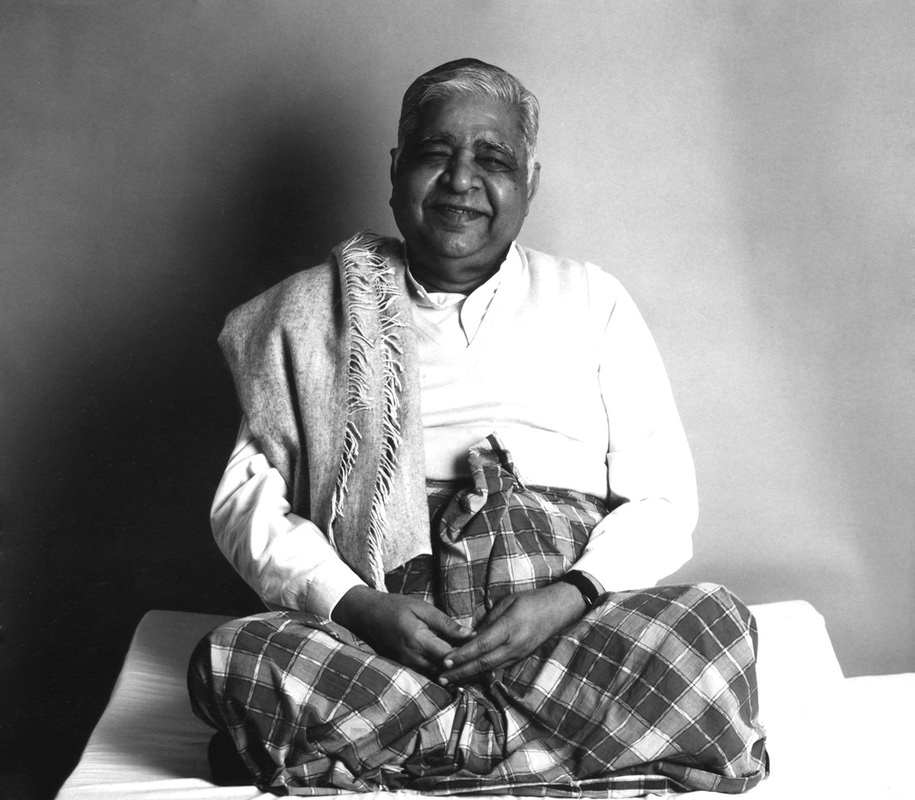
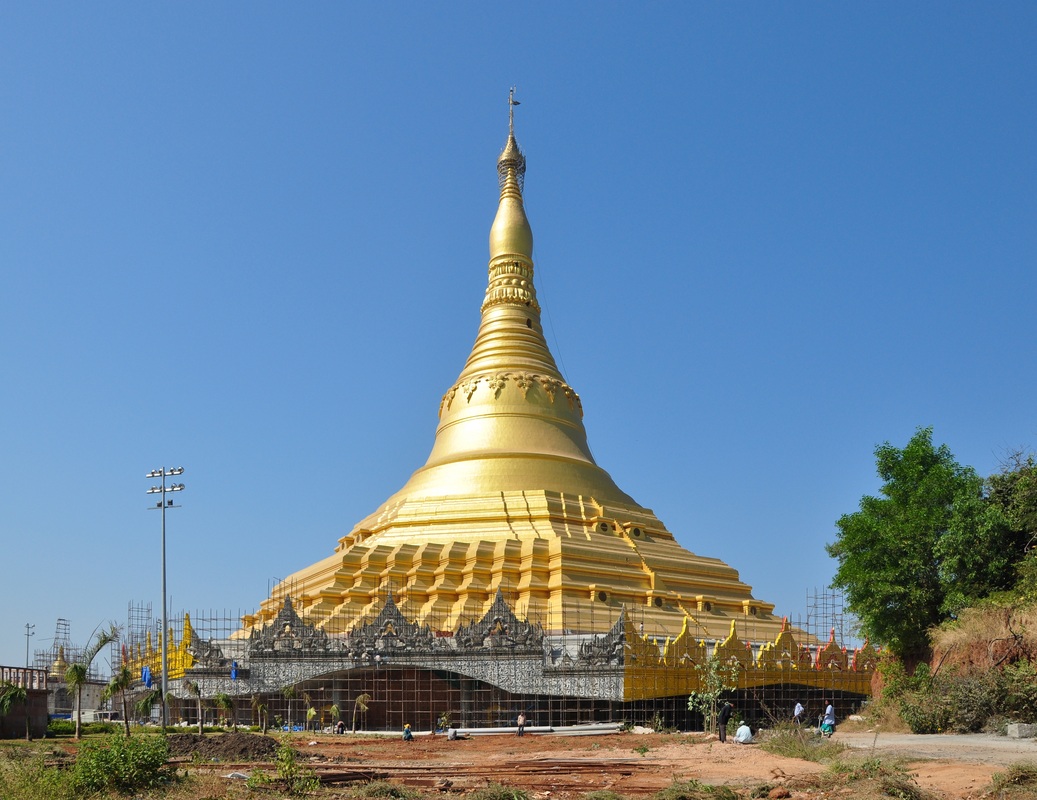
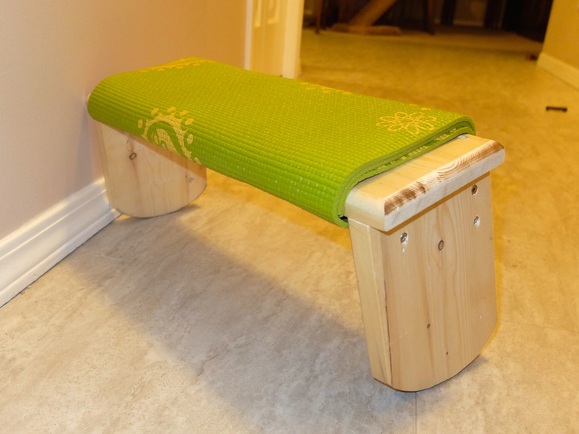
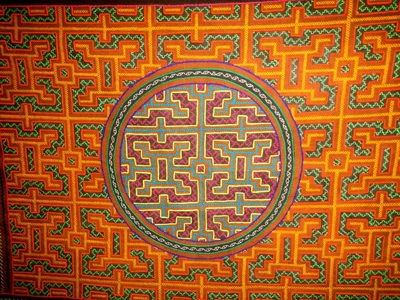
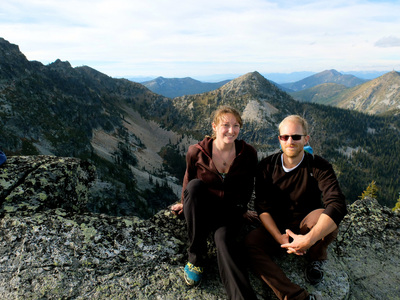
 RSS Feed
RSS Feed